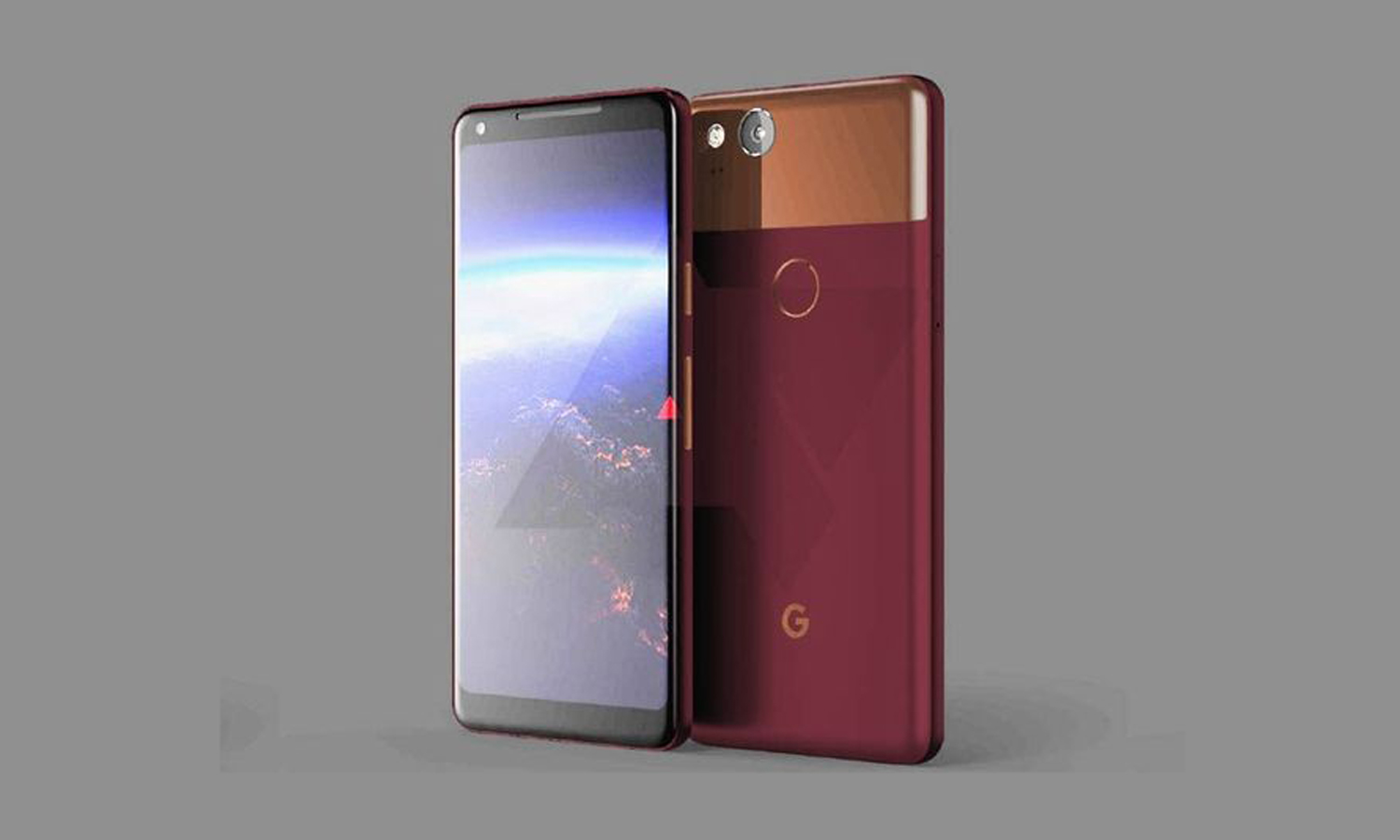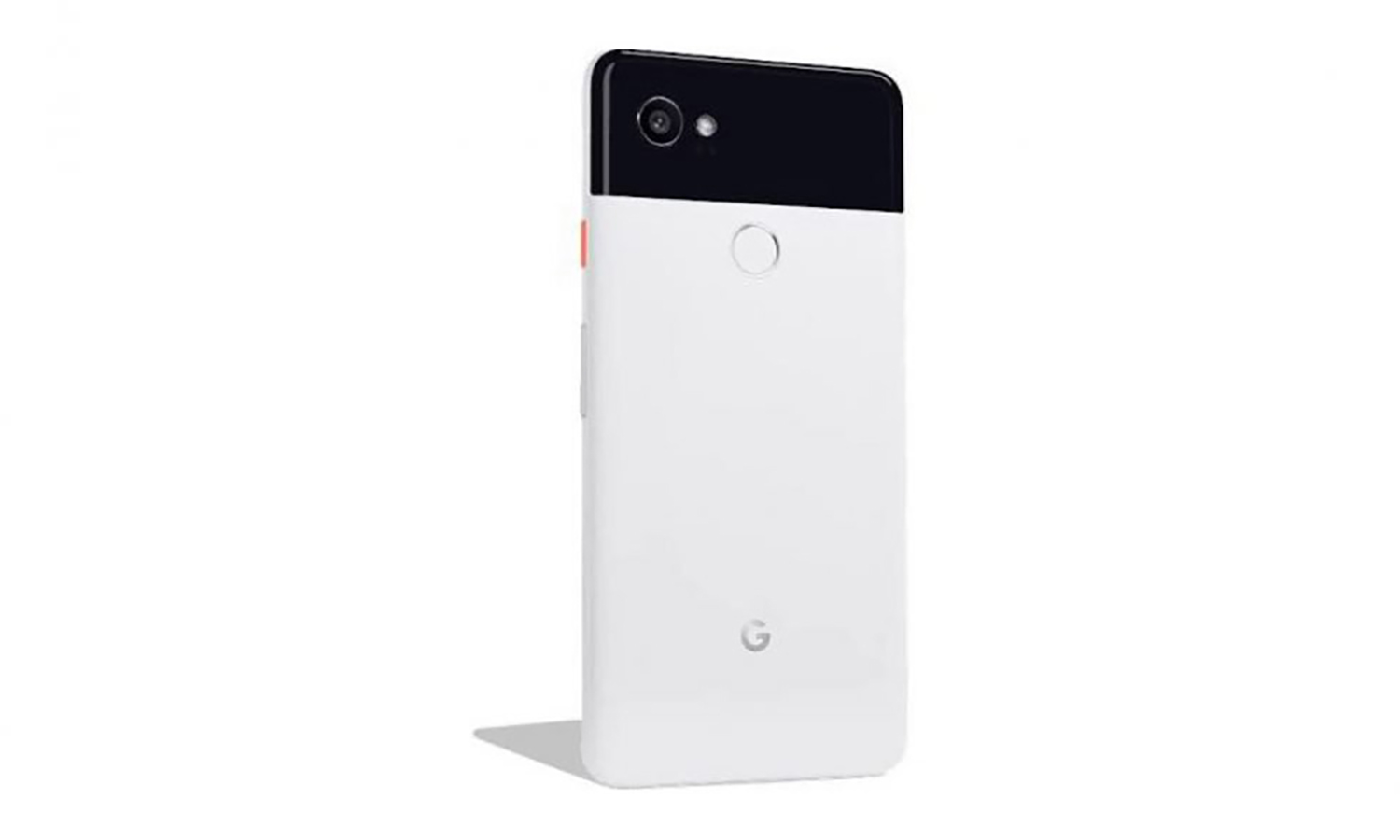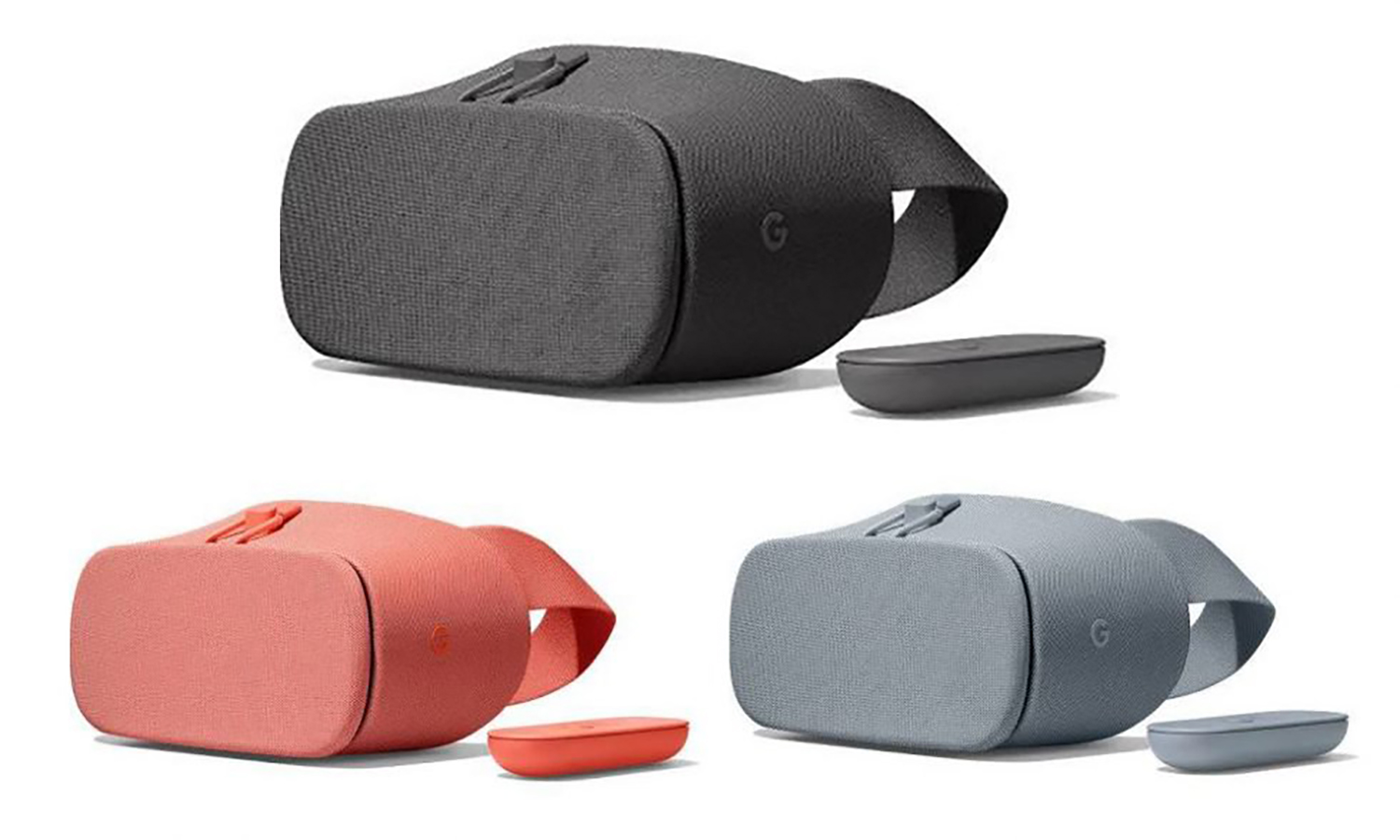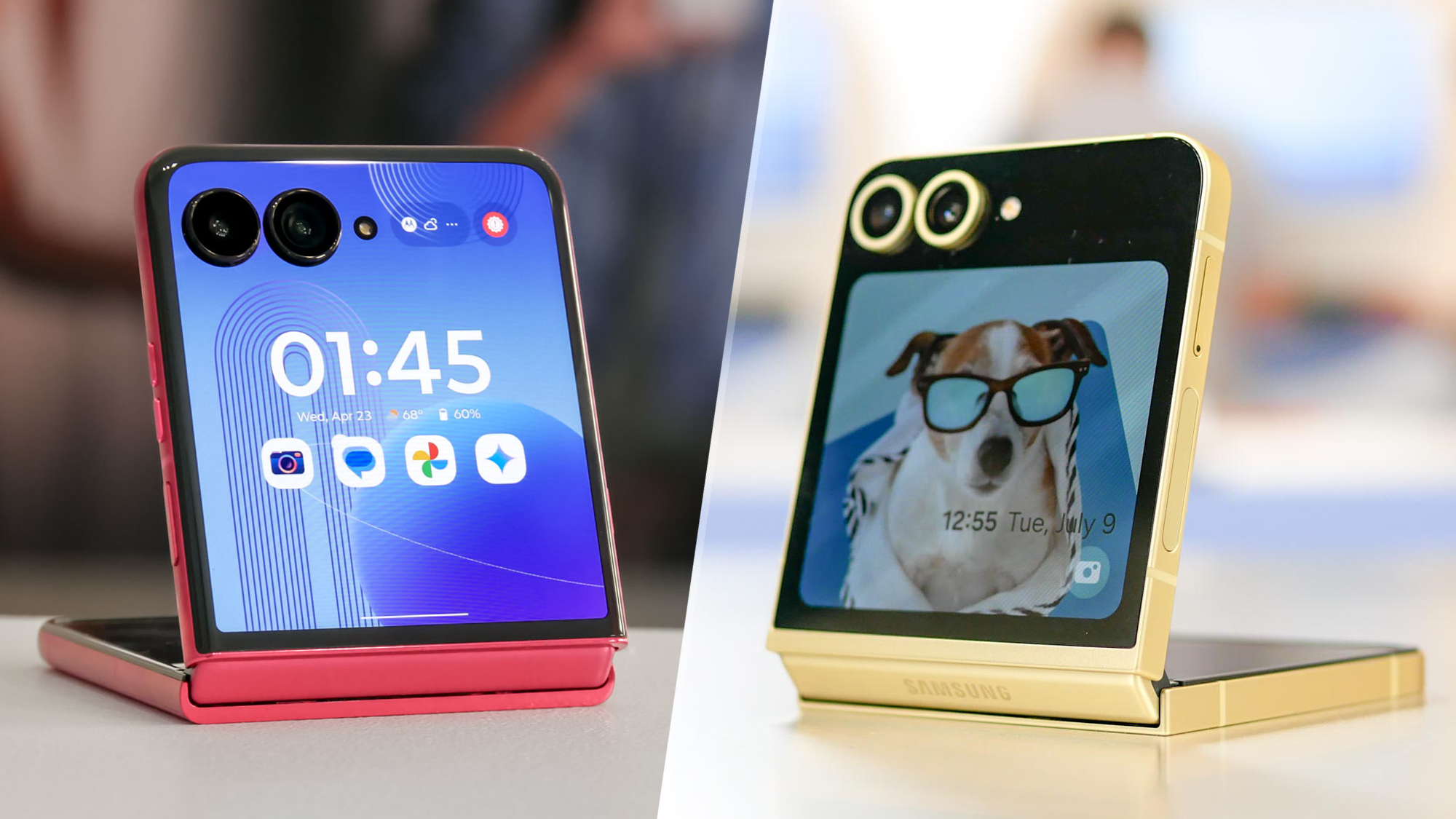Can Google’s Pixel 2 Win You Over?
Even without a wow factor, the Google Pixel 2 could be a hit, thanks to smarter software, a killer camera and much wider distribution.
We’re about to find out what Google has in store for the next Pixel. On Wednesday (Oct. 4), Google is taking the wraps off its next smartphone — along with a host of other revamped products — so we can see what’s new with the device that’s supposed to embody the purest Android experience.

Early leaks suggest we’re not in for a radical overhaul of the Pixel lineup. The larger Pixel XL could get a bigger screen with smaller bezels, while the follow-up to the 5-inch Pixel doesn’t sound all that different from this year’s model. And Google may struggle to match what Samsung and Apple have done with their 2017 phone releases.
Given all that, will the Pixel 2 have what it takes to succeed? That all depends on whom you ask, and how you define success. If the rumors about Google’s next phone lacking dual cameras and wireless charging pan out, the Pixel 2 has an uphill battle to win smartphone users’ hearts and minds. But wider distribution could make a big difference.
Where’s the Wow?
Thanks to an abundance of leaks, we already have a good idea of what we’re likely to see with the Pixel 2 and Pixel 2 XL. The phones are expected to feature a Snapdragon 835 processor, 4GB of RAM, 64GB or 128GB of storage and high-resolution OLED displays. They’ll be waterproof, and the larger Pixel 2 XL will have a taller 18:9 aspect ratio and very slim bezels. Sadly, the headphone jack looks to be gone; that’s happening to a lot of phones these days.
“Google needs to give consumers a reason to buy the Pixel beyond its camera and a clean Android software experience.” — Avi Greengart, research director, GlobalData.
But the Pixel 2 phones appear to be missing two features that customers are starting to expect in an $800 smartphone — dual-rear cameras and wireless charging. These aren’t found on every high-end phone, but they’re starting to become standard, and they’ll be conspicuous by their rumored absence in the new Pixels.

Google’s going to have to make the case that neither of these things matter. Wireless charging isn’t necessary because — perhaps — the battery life on the new phone will be so amazing that you won’t ever need to top off in the middle of the day. Or that the single lens on the new phone can easily achieve amazing portrait shots with neat faux-bokeh effects that don’t require a second lens.
And maybe we’ll see really cool augmented-reality apps (using Google’s ARCore tools) that quickly and accurately track difficult environments using only a single camera.
Sign up to get the BEST of Tom's Guide direct to your inbox.
Get instant access to breaking news, the hottest reviews, great deals and helpful tips.
That’s all possible, but it doesn’t mean Google doesn’t have its work cut out for it, especially after all that Samsung and Apple have done this year. Samsung added dual-rear cameras to the Galaxy Note 8, joining Apple, LG, OnePlus, HTC and others in offering that feature. Apple just improved its existing Portrait Mode on the iPhone 8 and iPhone X with lighting effects while also adding wireless charging capabilities to its phones. With those features getting such heavy play, Google’s going to have a tough time convincing people that its new Pixels stand out for other reasons.
That’s not to say the Pixel 2 won’t have great features, only that they’ll be tough to market beyond the well-informed enthusiast market.
Making the Case for the Pixel 2
The current Pixel has three primary selling points. One is an amazing camera — it ranked among the best of any smartphone before the arrival of the iPhone 8 Plus and Note 8 — with unlimited full-resolution cloud storage in Google Photos. Look for Google to double-down on camera hype, and that’s definitely the kind of thing you can stuff into a 15-second TV commercial to get the public excited.
But the Pixel’s other distinguishing features are more difficult to advertise. The Pixel is the only Android phone that gets OS updates right away. Other premium phones get them only after months of waiting — if at all.
What’s more, the Pixel’s real-world performance is truly a cut above. No matter what the benchmarks numbers say, the responsiveness and smoothness you feel when using a Pixel, especially after many months, is unmatched by other Android phones.
“Remember last year how distribution was limited to Verizon Wireless and Google Store? Now we expect it to be across all the major carriers here in the U.S.” — Ramon Llamas, research manager, IDC
These are likely to remain standout features when the Pixel 2 arrives as well, and they’re going to be the reasons Android enthusiasts will want it. But Google needs to reach out way beyond the faithful. It needs to somehow market these strengths to the average smartphone buyer. And it needs to do so without angering its partners that make other Android phones, or carriers who insist on loading those phones with bloatware.
Google needs a compelling “wow” feature, and from the looks of the leaked images, the design isn’t going to be it.
“Google needs to give consumers a reason to buy the Pixel beyond its camera and a clean Android software experience,” said Avi Greengart, research director at GlobalData. A great camera is a start but Google needs other marketable features.

Tuong Nguyen, of Principal Research at Gartner, believes Google is likely to make its case by showing how well software features work together: “Yes, hardware is good, but I think what they do with it and how they integrate it with other technologies, that’s going to be the differentiator. I think one of the big ones will be around A.I. — how Google Assistant is going to integrate with all your applications. Recognizing my voice, recognizing my contacts, anticipating my needs based off all the stuff it knows about me.”
MORE: 10 Cheap VR Headsets (Under $40) Ranked from Best to Worst
Last year, Google Assistant and Daydream VR appeared on the Pixel months before other phones. It wouldn’t be surprising to see Google Lens, an image-recognition feature that integrates with Google Assistant and made a big splash at Google I/O, to make its debut on Pixel 2.
Ramon Llamas, research manager for market research firm IDC, argues that success for Google isn’t about sales numbers, but building a holistic experience.
“Think of all the announcements that Google made at I/O this past spring relative to Google Lens, Daydream, and recent announcements around VR and AR,” Llamas said. “Google’s success will depend on how well those experiences are vis-à-vis what Apple and Samsung have out there now.”
Still, to what degree can Google rely on touting software features that will eventually make their way to other Android phones in a few months? The original Pixel may have been the first to offer Google Assistant, but it’s now fairly ubiquitous on most major smartphones — even iPhone owners can download an Assistant app. It’s the same story with the Daydream View virtual reality headset, which now works with multiple phones.
For this year’s phones, Google will have to persuade the public that its early-access features are, if not exclusive to the Pixel 2, at least best on Pixel 2.
What’s at Stake for Google
Even if Google manages that feat, there’s no way the Pixel 2 and Pixel 2 XL can hope to match the sales numbers of the iPhone. No matter how high the demand for Google’s next phone may be, the supply chain infrastructure and manufacturing capacity of Google and its partners is simply insufficient to crank out more than 200-plus million phones in a year.

It’s also unreasonable to expect Google to outsell Samsung’s high-end phones (the Galaxy S8 and Note 8). Samsung has many years invested in carrier partnerships, worldwide distribution channels, and all the deals necessary to get all the parts they need to manufacture tens of millions of those phones. Google’s working on it, but those things take time.
But being a sales leader may not be necessary for the Pixel 2 to be a success. The Pixel brand is meant to be a standard-bearer for Android on the high end; it allows Google to show the world the way Google thinks mobile devices should be done. The Pixel brand is a success not if it “wins” the sales race, but if it fosters a desire in the public for high-end Android phones that don’t deviate from Google’s harmonious software and services stack.
MORE: What the $1 Billion Google-HTC Deal Means for Your Next Phone
Google wants to make “stock Android” (or something close to it), Google apps and services, a lack of carrier or manufacturer bloatware and rapid software updates into gotta-have-it features for high-end Android phones. To do that it doesn’t necessarily need to outsell Samsung or Apple, but it needs to be popular enough to be a part of our cultural conversation around phones. Something that even the non-enthusiasts have heard about and will seriously consider.
GlobalData’s Greengart summed it up nicely: “Google does not need to unseat Samsung at the high end, but if it wants its AI and VR solutions to succeed in place of Samsung's proprietary options, it must have a credible installed base.”
Greengart estimates that the Pixel phones have sold over a million units, but that falls way short. “I would think that it needs a multiplier, not simply strong growth year over year,” he added
Sales estimates for the original Pixel vary, but most put it in the 3 million to 5 million range at best. Gartner’s Nguyen agrees that sales need to increase drastically, even if the goal isn’t to outsell Samsung or Apple. “When you think about 3 to 5 million phones, that’s a drop in the bucket,” he said. “Even if they did slightly better than that…there were 135 million premium phones sold last quarter.”
An End to Exclusivity?
The Pixel was only available through one carrier: Verizon. You could buy the phone unlocked from Best Buy or directly from Google, but the vast majority of buyers in the U.S. get new phones from their carriers.
If Google hopes to have a cultural impact that makes its vision for a Google-centric high-end Android phone a reality, it’s going to have to get into other carrier stores.
That’s tricky. Google’s deal with Verizon limited the apps that Verizon could install on the phones to just three: My Verizon, Go90 and VZ Messages. These apps simply downloaded from the Play Store upon initial setup and could be removed as easily as any other app. What’s more, software updates to Pixel phones bought through Verizon roll out at the same time as all the unlocked phones. Verizon phones got Android Oreo a mere three days after Google rolled it out to unlocked Pixels.

These are massive quality-of-life improvements for consumers, but totally anathema to the way carriers typically operate. Can Google strike similar deals with the other three major carriers?
IDC’s Llamas believes it’s going to happen. IDC data indicates that the Pixel sold only 2.8 million units worldwide, but the Pixel 2 will be more widely distributed. “I think it is a forgone conclusion that Google will sell more than that number,” he said. “Remember last year how distribution was limited to Verizon Wireless and Google Store? Now we expect it to be across all the major carriers here in the U.S. Given that dynamic alone, I think Google will sell more.”
MORE: Best Galaxy S8 Alternatives
It’s not just about carriers, but countries and production volume, too. Greengart points out that the Pixel was limited to North America, Australia, the U.K. and Germany. Even with that limited global footprint, production problems made the phones hard to keep in stock. “If Google wants to maximize sales,” he says, “broad distribution is crucial.”
The HTC Factor
Google just bought HTC’s smartphone design and engineering departments for $1.1 billion. How does that factor into the Pixel 2’s odds of success?
The short answer is: It doesn’t. According to reports, the smaller Pixel 2 will be manufactured by HTC and the larger Pixel 2 XL by LG. It’s way too late to change that, and as Google integrates HTC’s phone design and manufacturing over the coming year, it’s not going to have any real material change on these particular phones.
The HTC deal sets Google up to have a greater hand in the design and manufacture of the next Pixel, or perhaps the one after that. It’s a big step toward giving the company the capacity to entirely design and build its mobile products in-house. But designing and manufacturing a high-end phone is a very long process.
Even if Google moves incredibly quickly, the first phones to show the fruits of this deal are at least a year away.
Outlook
With the Pixel 2, Google has a tough road ahead. Simply making the phone broadly available — more carriers, more countries, better production — would go a long way toward boosting sales. But it’s tough to get carriers to go along with Google’s “no bloatware, rapid updates” policies.
Even with greater availability, Google must make a jaded public with a lot of other options want a premium phone that doesn’t have some of the features Samsung and Apple heavily market on their comparably-priced models. It needs a “wow” factor, and none of the early information we have has shown that it’s got it. If Pixel 2 has a compelling story to tell, it’s going to have to be in software and services.
-
aznstarchase86 Pretty sure Verizon has a monopoly on pixel phones at Best buy also. You can only buy unlocked from 3rd party or Google store.Reply -
sjbutler23 Lack of mira cast on later Google Nexus is an issue. I carry a Nexus 7 for this reason. Just got another Nexus 7 due to the mira cast. I also use the Pixel C, Nexus 9 and XL.Reply -
jesonger68 I don't need a "Wow" factor. I just want my new phone to be better than my old one. And my old one is a Samsung GS7. So no wireless charging troubles me.Reply -
taylor.n8 We need to return to the GPE of the Samsung Galaxy S series or LG V30. The hardware is excellent on these devices. The bloatware and the untimely updated is what pushed me away from non Google phones. That's why I am sticking with iPhone and Google Pixel.Reply -
mark_887797 Nope. Maybe in a couple of more years when Google and HTC come up with a new smartphone. As of right now, Google is using schematics from design, features et al from a few years ago.Reply -
Curt Smith My FWIW re my wifes buying the Google XL 6 mo ago. Naked android, no bloat.Reply
- I was shocked how naked android is when you don't have the fixes Samsung (maybe others) put over the sorely lacking android function!!
No little numbers of un-read SMS messages showing on the Texting app. Shocking!!!! How can you use a phone that doesn't help you see what you've missed?
After posting and digging on the android forums, the "experts" where practically bragging "no stinking events, alerts or dumb numbers on our "true" android". OMG what a useless OS for a business person who needs to get to calendar events, jump for the phone when a LOUD alert sound says a text / email / calendar event came in.
Then there's the broken alert noise that is 1/2 loudness the device is capabile of. Broken!
I'll never buy a non-Samsung phone again! I'll suffer with the bloatware and shutup. Grrrrr
I'm an old timer software designer / developer. If this was android 1.0 (more like 0.8) I'd say ok,,,, they'll get to the real purpose of a smart phone, make a person more productive. But this is what? version 6.x or later. WTF!! No sense that androids maturity re business use is so poor.
Sorry for ranting, but this is relavent to this phone since it runs naked android. Good hardware immature OS.
